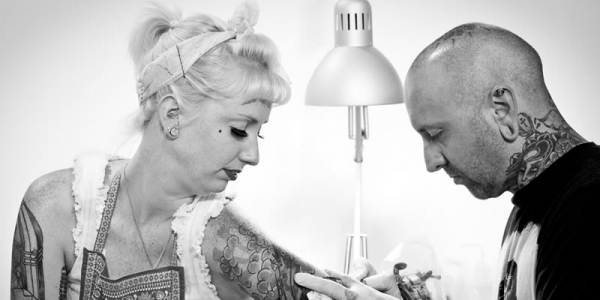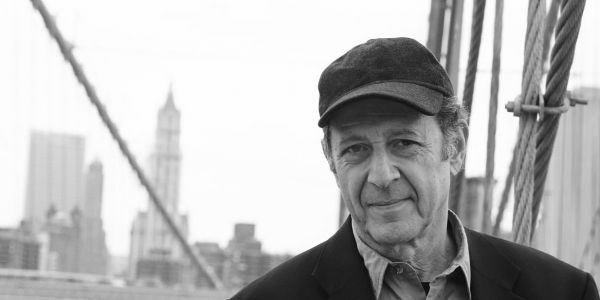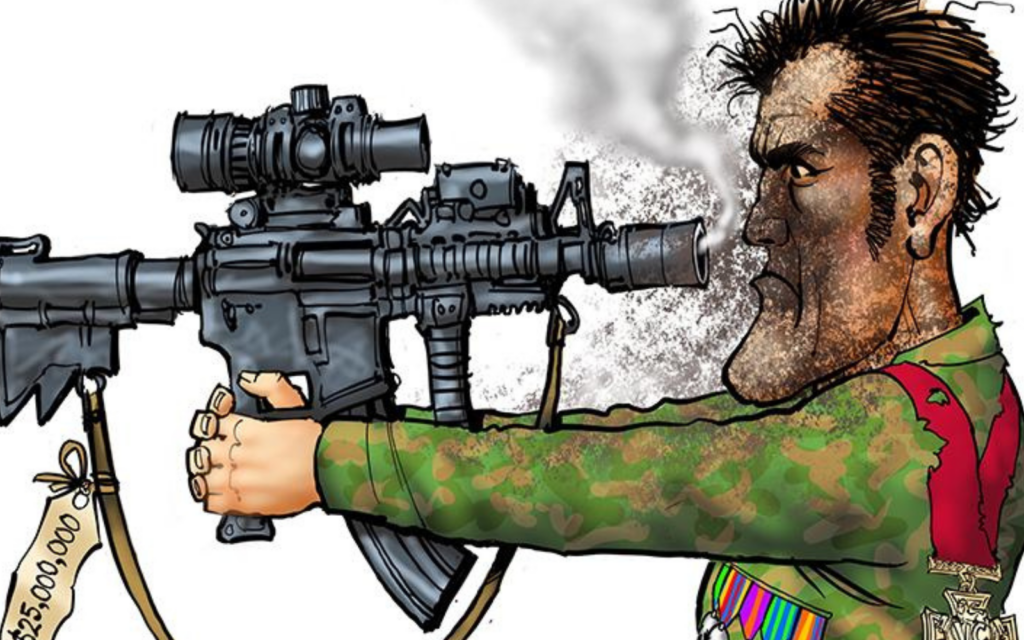With her newborn cooing and gurgling in her arms, Vashti Hadden explains why now, they’ve turned their artistic lenses towards a form once considered ‘low’ art, or in fact not art at all. “The increased popularity of tattoos is probably the main reason why we’re doing what we’re doing. Asking the question why people [have been] getting tattooed quite heavily in the last five to ten years – it’s a very interesting time in our history really. It’s so common now, you walk down the street and everyone’s got tattoos,” she said.
In Brooklyn, the artisanal capital of the world, barmaids, coiffed musicians and schoolteachers alike all yank at their sleeves to reveal, well, sleeves, and as the cultural influence of this arty nook spreads, one of the most significant run-offs is the growing popularity of tattoos. Why? We may not have come so far from our most primitive existence in our yearning to belong to a subculture, Vashti explains. “It’s not that people want to belong to a tribe but they want to brand themselves on a deeper level I think, they want to connect with their group, maybe like they did thousands of years ago.”
What’s significant is that the ‘artist’ is becoming a more considered trapping of the tattoo. Before inking a permanent flourish many people will research not just what they want, but the right person for the job. Rites Of Passage puts these artists on display, acknowledging the road to becoming a well-recognised and skilled tattooist is long and arduous – but once established they’re held in high esteem.
Ultimately, they don’t differ too much from their contemporary counterparts in their painterly skill and experience.One that springs to mind for Vashti is Oregon native Jeff Gogue. Attending the festival over its three days, his works represent a new trend in the realm of tattooing, a style of realism. “[Gogue] studied fine art and it looks like he’s painting with oil on canvas. There’s shading, and lines, and it’s incredible. You look at it and you forget you’re looking at skin. It’s quite amazing.”
So skin, it seems, has become an unlikely canvas for contemporary art styles – another method that art is being taken out of its gallery confines. Danish provocateur and contemporary artist Wim Delvoye certainly delved into this idea with his 2006 work Tattoo Tim – Tim being a human man. Tim’s back is swathed in a Japanese-style tattoo mural, which was exhibited at Tasmania’s Museum of Old and New Art (MONA) until last month. As a work of art, he sits on a plinth for five hours a day while gallery-goers inspect the piece. What makes his tattoo unique though, is that is was sold to a collector for 150,000 euros, and will be removed from his back when he dies.
It could be a sign of economic times, says Vashti, that tattoo is carving itself a niche in contemporary art. “I think it’s quite exciting in the sense that it’s hard for an artist these days to sell a painting. In [my] generation, I’m an X-er, I don’t know if we’re sort of a mass generation that would put art on our walls as much as maybe on our skin.”
But the most obvious of tattoo purposes is self-expression. In these terms, the many inky potentialities of tattooing are certainly getting a good go-over (except for the elephant in the room, the drunken-mistake-tattoo). There’s nothing more ideal as an icon of counter-culture. Popular imagery like Japanese fish, Mexican Day Of The Dead skulls and pin-up insignia have all began as marks of their wearer’s discomfort with mainstream. Japanese artist Shige, another significant guest of the conference, is a self-taught tattooist and now one of the world’s most sought after, who subverts traditional Japanese imagery, ‘Irezumi’, with a modern colorful edge.
But the ability for it to convey self-expression came of course with the initial and sanctimonious importance of life-long marks, which was often imagery of religious iconography and spiritual tattoos. “We’re trying to focus our show a lot on the significant religions – a lot of indigenous people get tattooed, so there’s that cultural view to the show,” said Vashti.
And if anything, this idea of spiritual symbolism is signaled by the title ‘Rites of Passage’. According to Vashiti, Creative Producer Claire’s vision for the show was the “spiritual journey within her art, she really likes to explore the reason why her clients are getting tattoos. She like to see people getting in touch with their tribal nature and the community, and the ritual behind a rite of passage at significant points in one’s life.”
This esteemed collection of works, artists and lessons brings the tattoos out of the back alleys and places it into an anthropological context, tracing tattoos as a part of human history, cultural evolution and long-lasting fashion statement.
BY BELLA ARNOTT-HOARE







